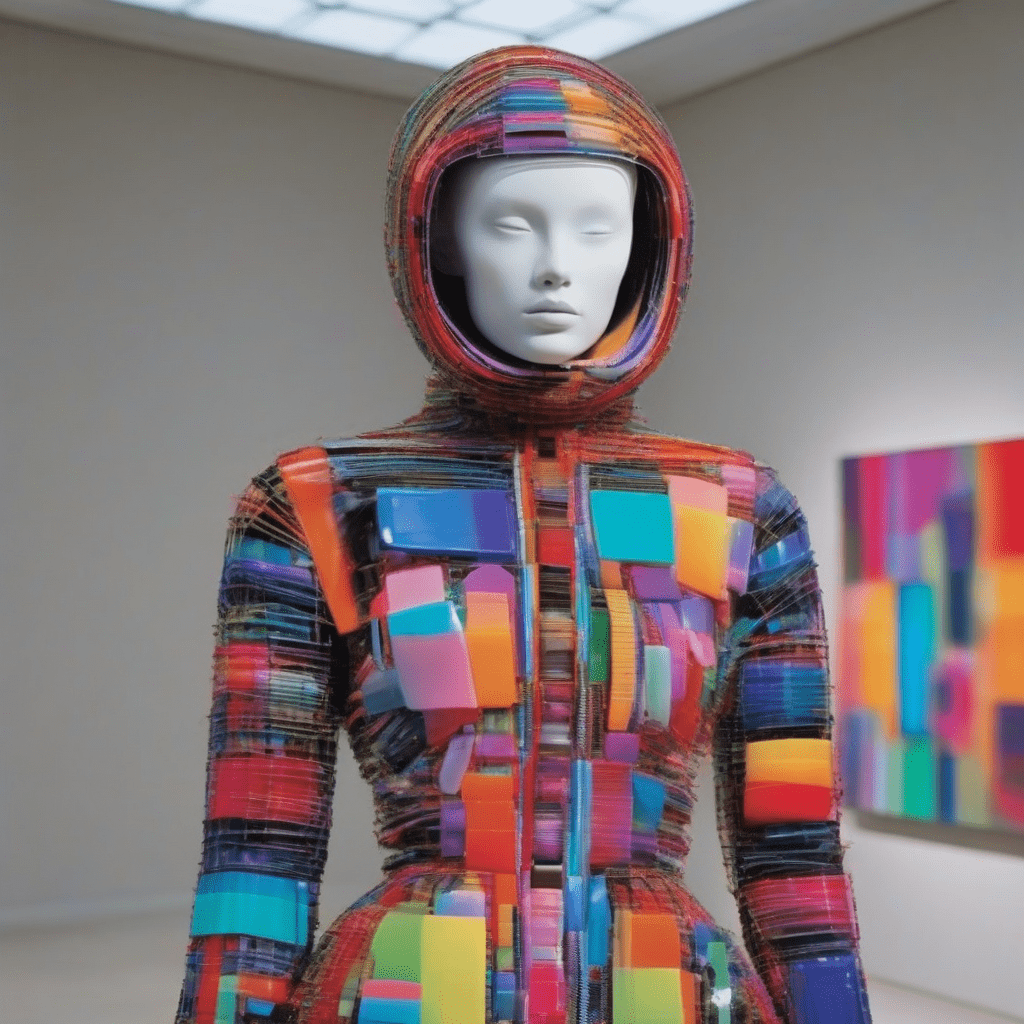The world of fashion is no stranger to innovation. From the invention of the sewing machine to the rise of fast fashion, the industry has continuously evolved, embracing new technologies to enhance creativity and efficiency. Today, we stand at the cusp of a new revolution—one powered by generative AI. This cutting-edge technology is not only transforming how fashion is designed but also how it is marketed and consumed. In this article, we’ll explore the role of generative AI in fashion and how it is shaping the future of style.
What is Generative AI?
Generative AI refers to algorithms that can create new content, whether it be images, text, music, or even fashion designs. Unlike traditional AI, which typically analyzes existing data to make predictions or classifications, generative AI goes a step further by generating new outputs based on learned patterns. It utilizes techniques such as neural networks, particularly Generative Adversarial Networks (GANs), to produce novel designs that can mimic or innovate upon existing styles.
The Creative Process: From Inspiration to Design
One of the most exciting applications of generative AI in fashion is its ability to assist designers in the creative process. Traditionally, fashion design has relied heavily on human intuition and artistic vision. However, with generative AI, designers can now harness the power of algorithms to generate a multitude of design options quickly.
For instance, designers can input specific parameters—such as color palettes, fabric types, or even cultural influences—into a generative AI model. The model then produces a range of design concepts that align with these inputs. This not only accelerates the brainstorming phase but also allows designers to explore unconventional ideas that they may not have considered. By blending human creativity with machine intelligence, generative AI is paving the way for more diverse and innovative fashion collections.

Personalization at Scale
Another significant advantage of generative AI in fashion is its ability to create personalized designs for consumers. As e-commerce continues to dominate the retail landscape, brands are increasingly looking for ways to offer tailored experiences to their customers. Generative AI can analyze consumer preferences, body types, and style choices to create custom clothing designs that cater to individual tastes.
Imagine a scenario where a customer can upload their measurements and select their preferred styles, colors, and fabrics. A generative AI model can then produce a unique garment design specifically for that customer. This level of personalization not only enhances customer satisfaction but also reduces waste in the fashion industry by minimizing the production of unsold inventory.
Sustainable Fashion Solutions
Sustainability is a pressing concern in the fashion industry, with fast fashion contributing significantly to environmental degradation. Generative AI can play a crucial role in promoting sustainable practices by optimizing the design and production processes. By using AI to simulate how different materials and designs will perform, brands can make more informed decisions about their collections.
For example, generative AI can help in creating designs that require less fabric or utilize leftover materials from previous collections. Additionally, AI can assist in predicting trends, allowing brands to produce only what is necessary, thus reducing overproduction and waste. By integrating generative AI into their operations, fashion brands can take meaningful steps toward sustainability while still delivering innovative designs.
Challenges and Considerations
While the potential of generative AI in fashion is immense, it is not without challenges. One major concern is the issue of originality and copyright. As AI-generated designs become more prevalent, questions arise about ownership and the authenticity of these creations. Designers and brands must navigate these legal complexities to ensure that their intellectual property is protected.
Moreover, the reliance on AI in the creative process raises questions about the role of human designers. While AI can generate designs, it lacks the emotional depth and cultural context that human designers bring to their work. The key will be finding a balance where AI serves as a tool to enhance creativity rather than replace it.
Conclusion
Generative AI is undeniably transforming the fashion industry, offering exciting possibilities for design, personalization, and sustainability. As we move forward, it is essential for designers, brands, and consumers to embrace this technology while also considering the ethical implications it brings. By doing so, we can look forward to a future where fashion is not only innovative and personalized but also sustainable and responsible. The fusion of generative AI and fashion is just beginning, and the future of style has never looked more promising.

Boost Your Skills in AI/ML
